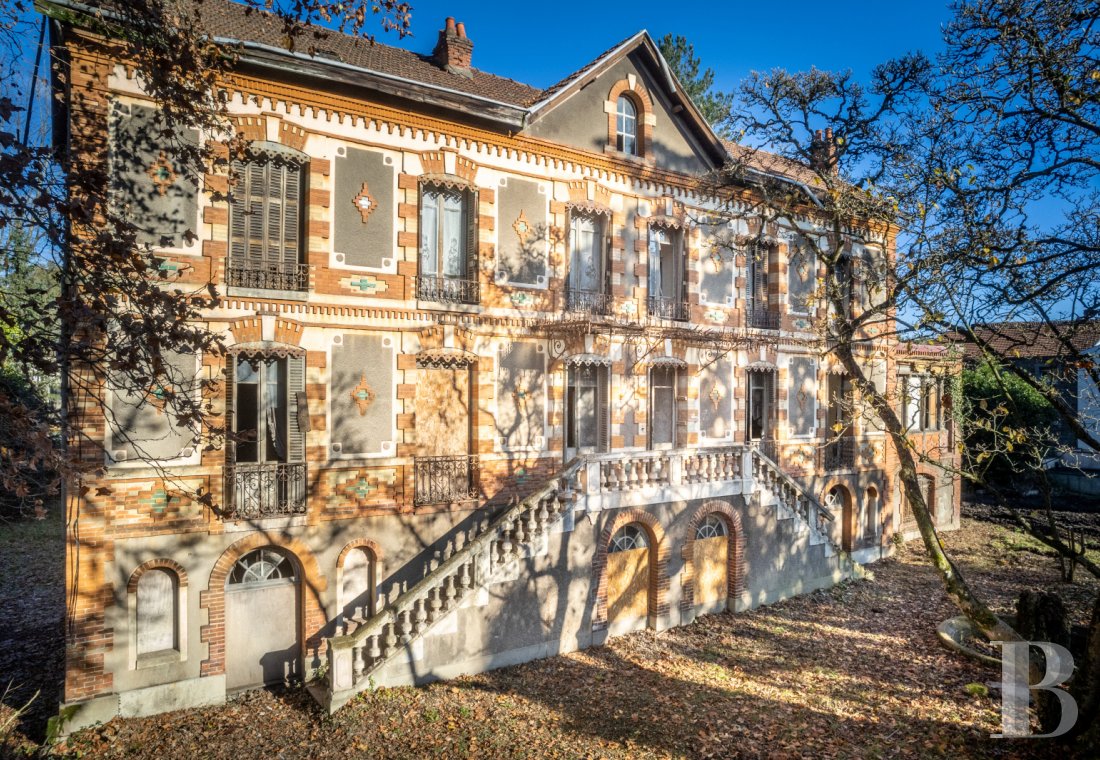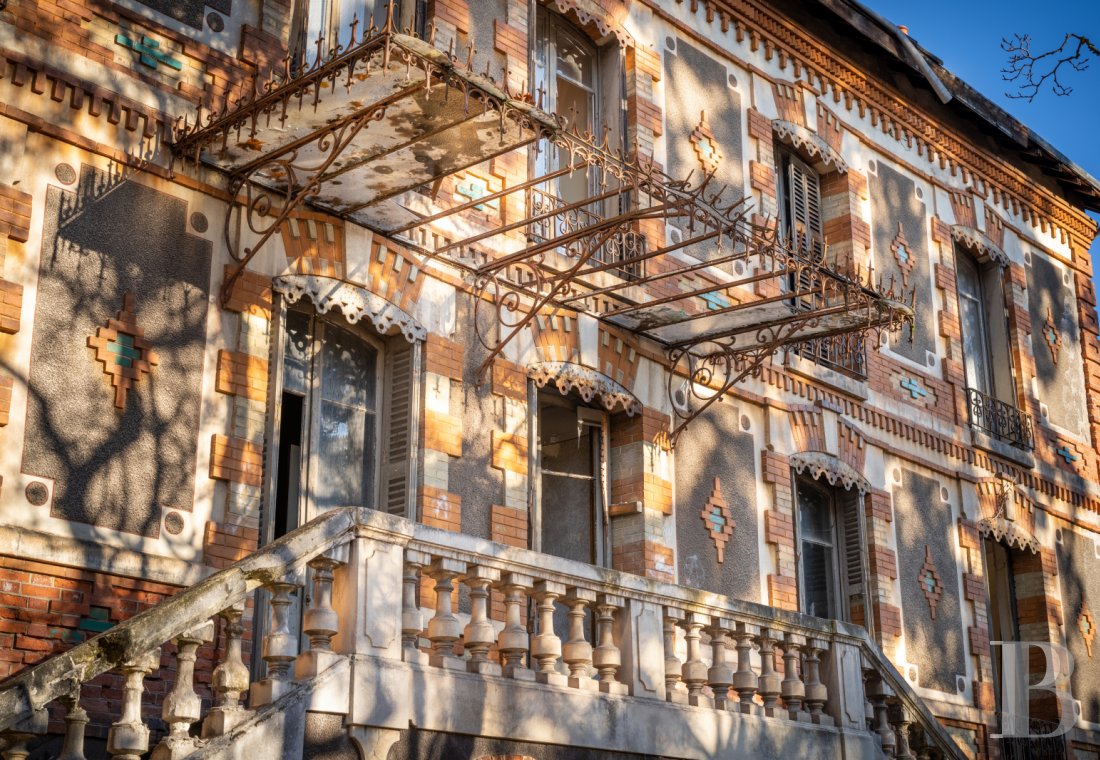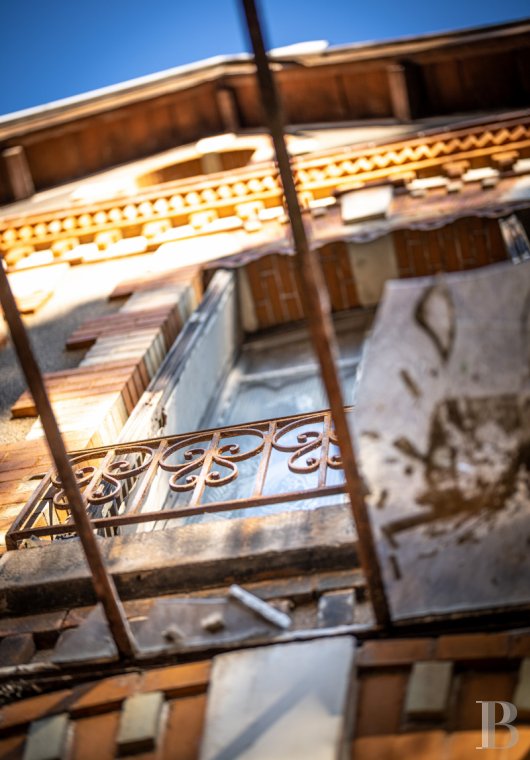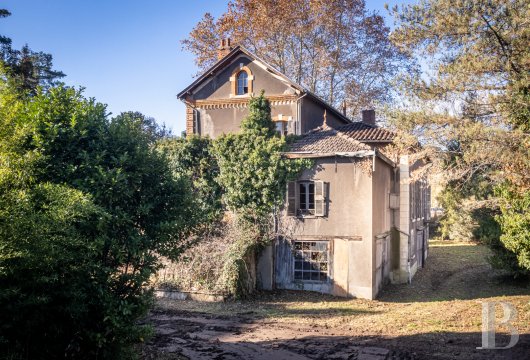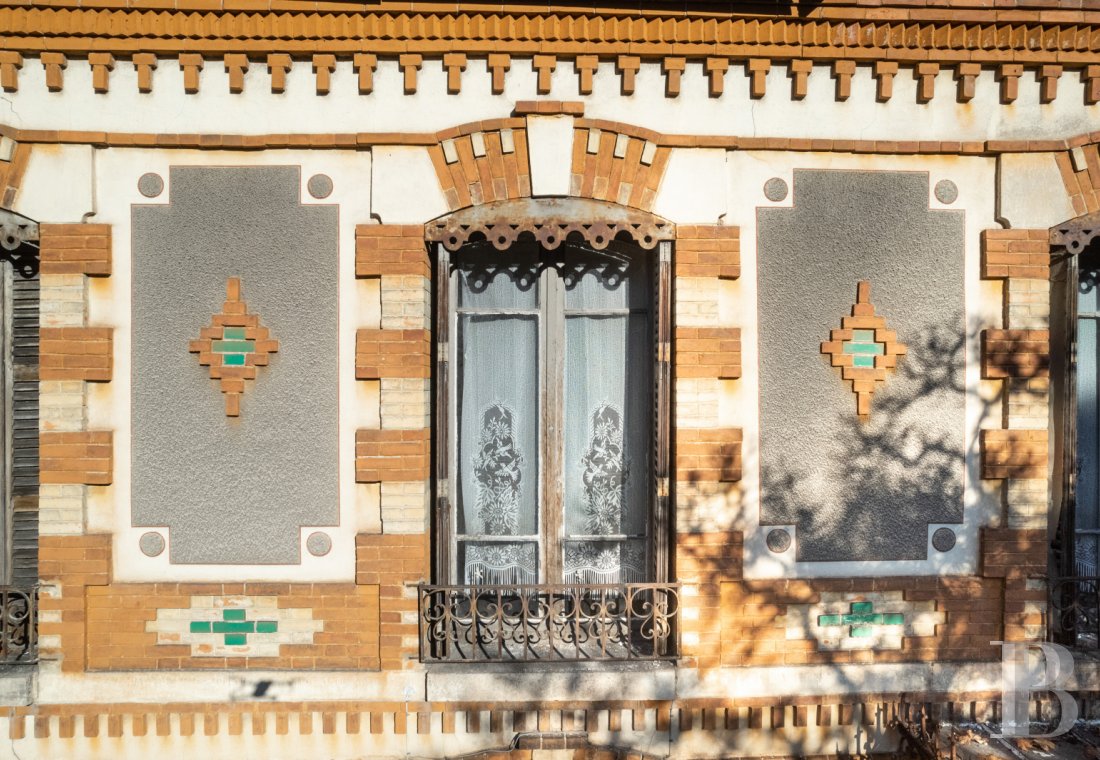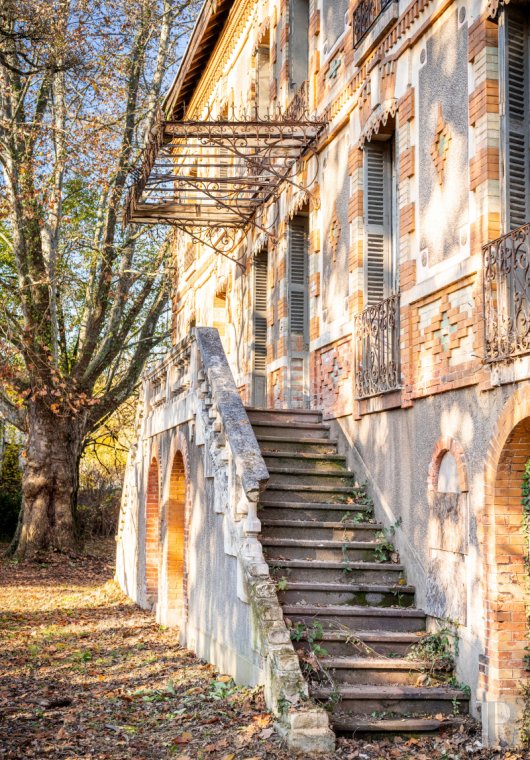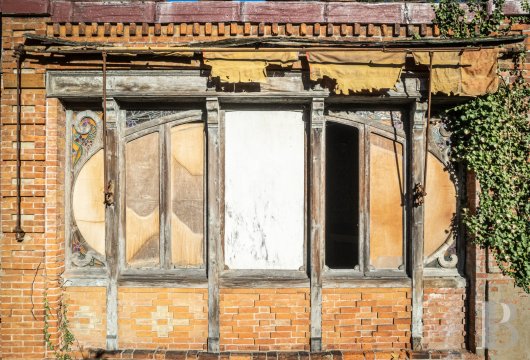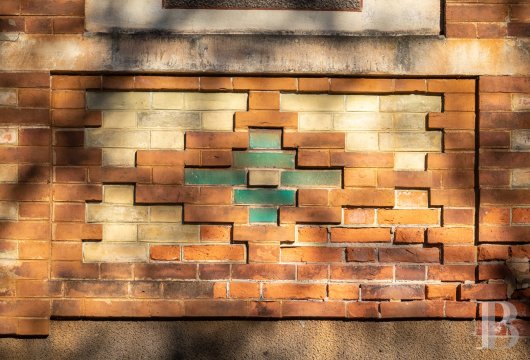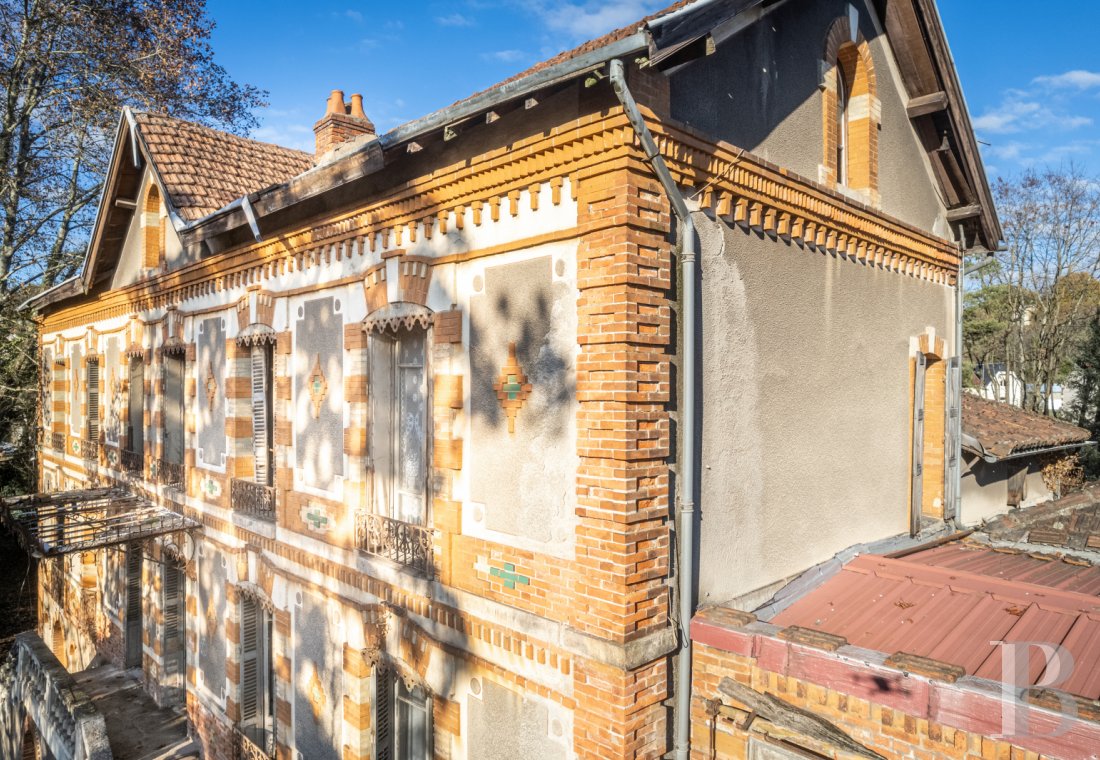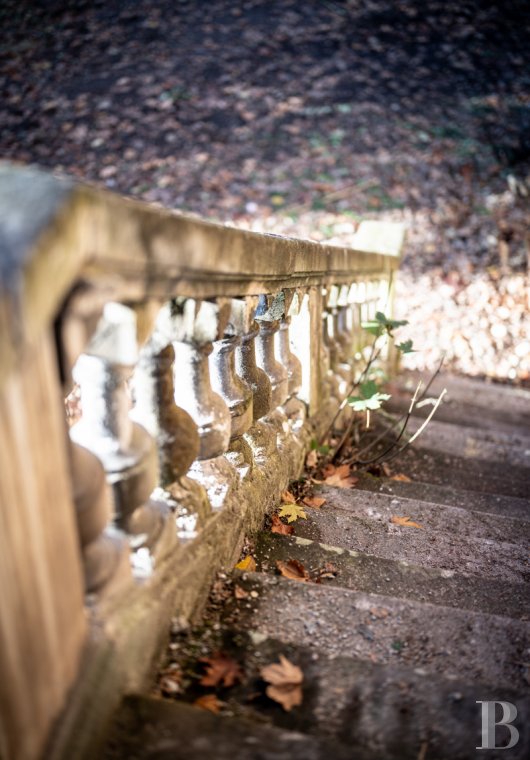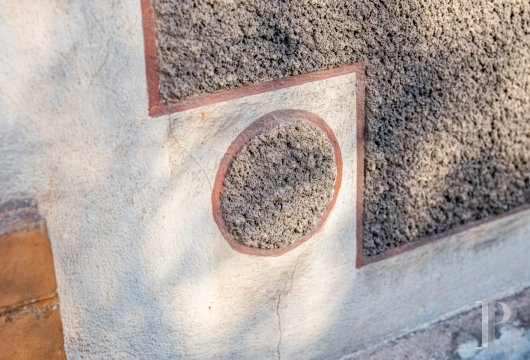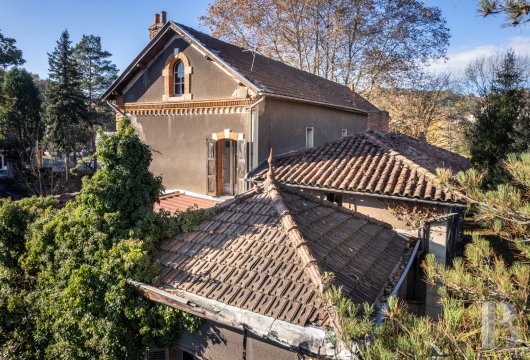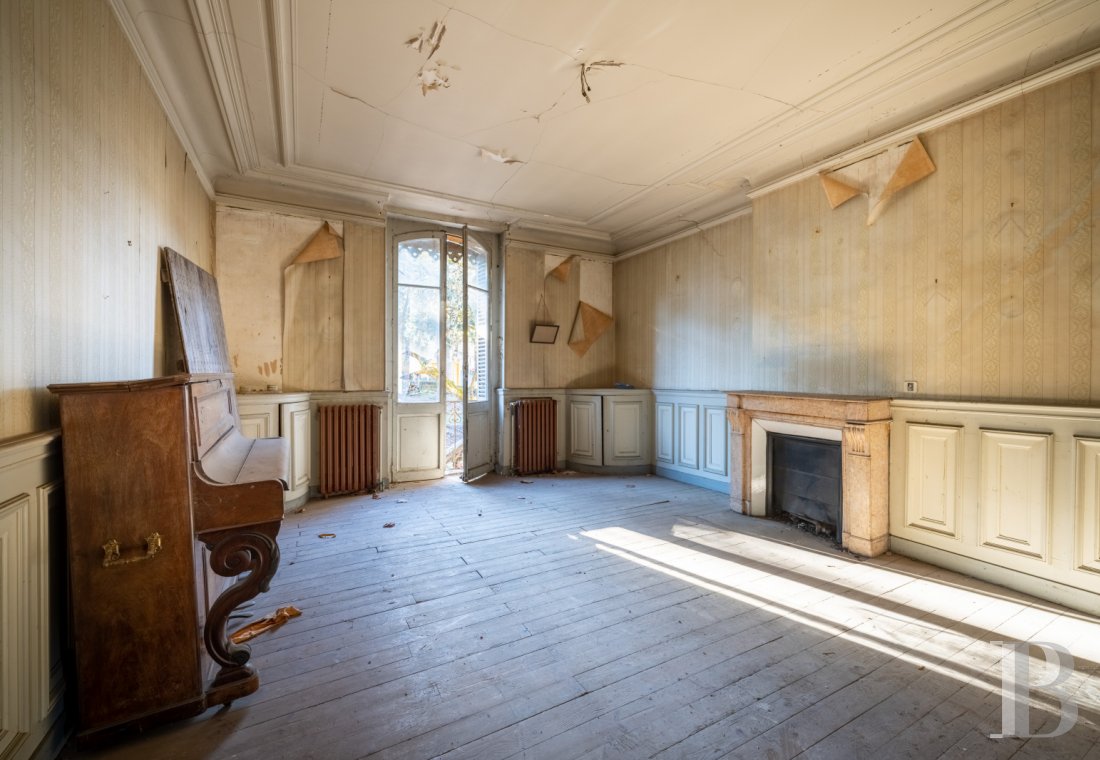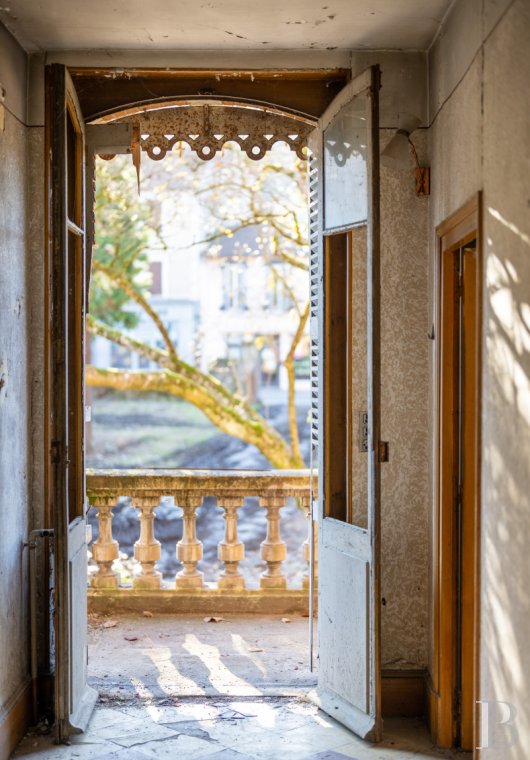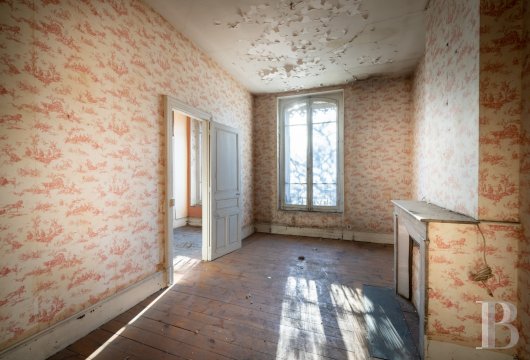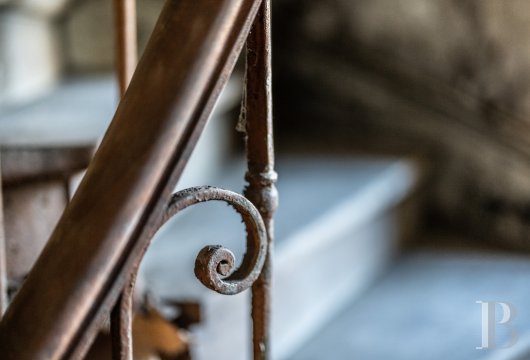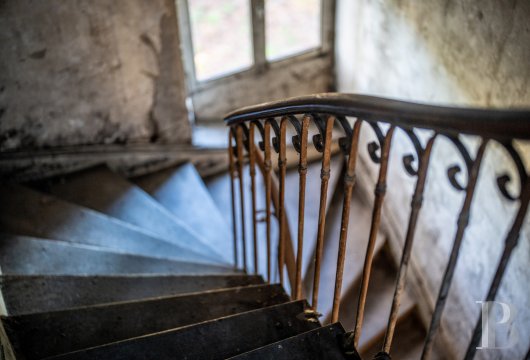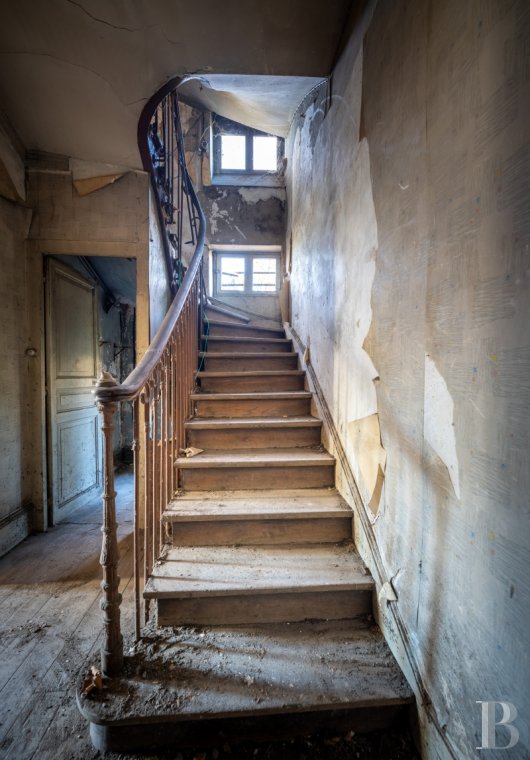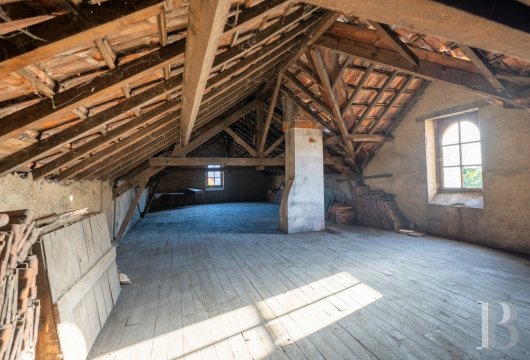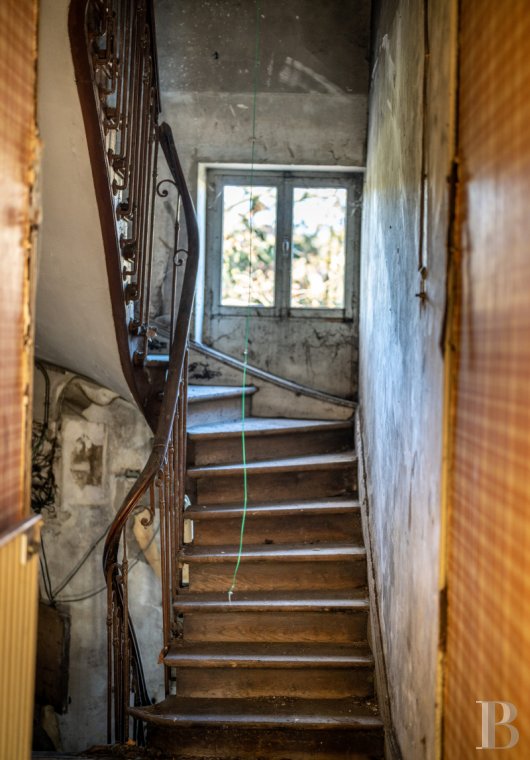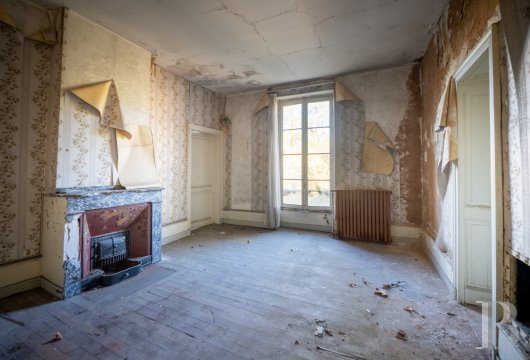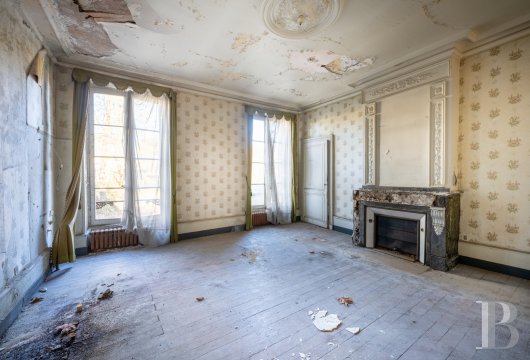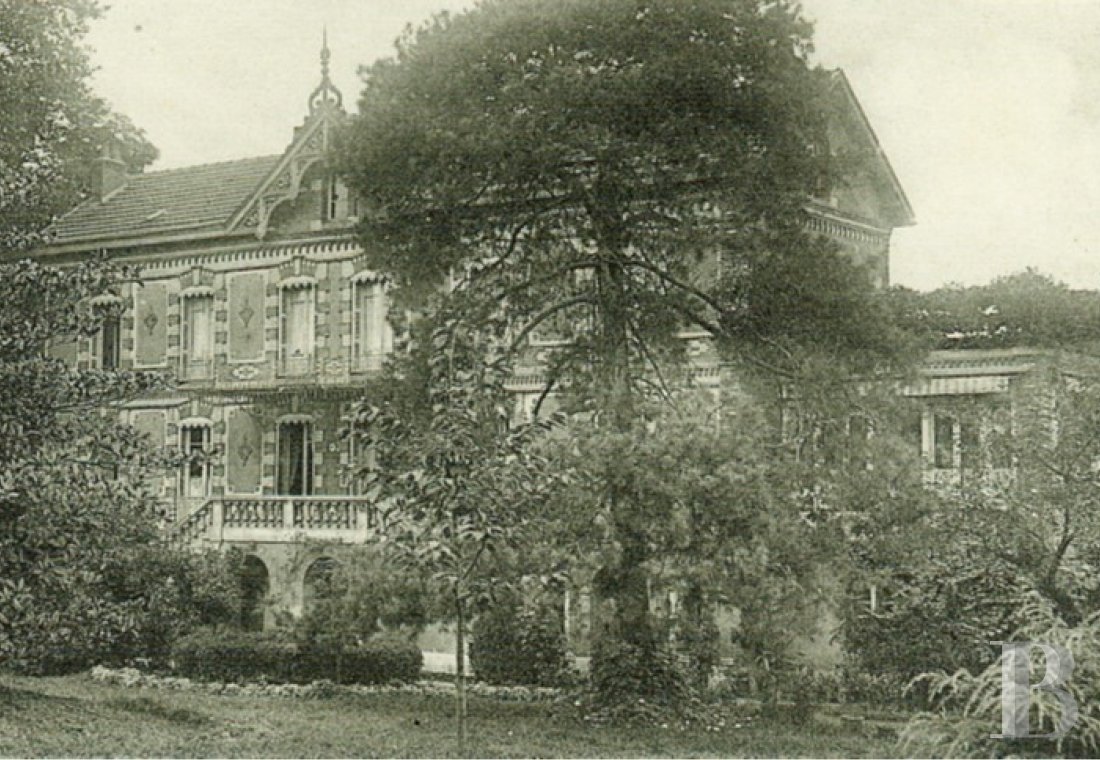Location
The town is situated in a green setting in the south of France, on the borders of the Rouergue and Quercy regions, on the edge of the Massif Central, where the Aveyron terroirs extend towards Aquitaine. Consisting of a series of hills hemmed in by plateaux, with four parallel valleys, this is a land with a strong identity, a fusion between the industrial world and the surrounding countryside. These unique landscapes, where the urban character has been profoundly reshaped, are surrounded by traditionally rural areas.
The town, which is a stopover on the Santiago de Compostela pilgrimage route, is a short distance from the most important cultural sites in the south-west. Access by road is easy thanks to the Rodez-Figeac carriageway. The railway station, 5 minutes away, offers connections to Rodez, Brive and Paris. A 30-minute drive from Rodez airport with flights to Paris, London and Brussels.
Description
The villa
The residence was built in three successive stages. The main rectangular building was probably built in the 1860s, when the Grand Central and Paris Orléans companies built the railway line and the land was developed accordingly. To the rear, hidden from the street, a second parallel building abuts it: less long and less high, it dates from the first half of the 19th century. At the very beginning of the 20th century, a lodge was added extending the ensemble to the south-east.
The three buildings that make up the residence are connected inside. The garden level can be accessed via four doors along the front of the main building, three barn doors and a carriage entrance from another part of the building. Two exterior staircases lead up to the first floor of the main building: one is a double flight of stairs on the facade and the other is a straight staircase along the gutter wall. From the first floor of the main building, an indoor staircase leads to the second floor and the attic spaces.
The main building
This building spans three storeys including an attic floor and is topped by a rather worn and weathered gable roof. The facade is outstanding for its composition and decor. The central bay, with twin openings on each level, is crowned by a gabled dormer. The sixteen front openings are organised in a binary rhythm with perfect symmetry. On the first and second floors, openings and piers alternate on either side of this central axis.
The geometric composition is matched by the geometric decor, enhanced by the use of raw, painted or glazed brick in the form of stretcher, header or projecting courses, in an interplay of polychromes alternating between red, green and white. The brick lintels of the segmental-arched windows have white stone keys and padstones. The window jambs have harped chain bonds. Metal friezes crown each opening. The geometric motifs of the piers are of two kinds: between the guardrails of each window, a frieze with a horizontal diamond pattern is drawn by the brickwork; the other part of the piers, rendered in grey, is ornamented with a vertical diamond.
These delimited motifs are offset by repetitive horizontal motifs in red bricks that run along the facade and separate the levels: between the first and second floors, an entablature with rectangular modillions stretches over a white stone band; a second stringcourse extends above the lintels of the first floor. Between the second floor and the attic, the frieze is wider and more elaborate, consisting of a band with dogtooth pattern set between a horizontal brick cornice and a modillion cornice. A white entablature delimited by a stringcourse runs above the lintels and piers of the top floor. The corners of the facade feature brick quoins, which are rusticated on the upper floors.
The garden-level floor
This is accessed from the main front through arched, semi-circular doors with brick frames: two are located in the centre forecourt formed by the staircase, and two others at either end of the building, framed by small blind windows. Indoors, a large corridor, formerly an orangery, serves six cellars covering approximately 100 m2. The garden level is also reached through a barn door in the north-west wall.
The first floor
The main entrance is accessed via an outside double flight of stairs with a white masonry handrail and balustrade with cylindrical banisters. Forming an avant-corps to the facade, the steps converge towards a landing serving as a perron, with two entrance doors topped by a glass and wrought iron canopy. One of the doors opens onto an entrance that leads to a corridor and a drawing room, the other onto a cloakroom. The walls of the drawing room are covered with wainscoting and feature two corner cupboards on either side of the window. The floor is wooden planks, the ceiling is adorned with a cornice. A thin moulded mantel rests on the thick lintel of the fireplace which has straight jambs, resting on a plinth, topped by scrolled modillions. The French windows on the first floor are protected by wrought iron railings and fitted with folding louvred wooden shutters. The corridor leads to a bedroom and to a wooden single-flight dogleg staircase with two newels leading to the second floor. The metal start of the banister is finely crafted.
The second floor
The staircase leads to a corridor lit by a tall window at the far end. This serves a living room, three bedrooms and a kitchen with a bathroom. A modestly sized study is squeezed between the sitting room and one of the bedrooms. Each of the rooms has a large window overlooking the front garden. Five of the rooms have fireplaces and wooden floors.
The attic
The staircase leads to a landing which serves a small bedroom and a storeroom. The attic floor is illuminated by three dormers. They are rectangular on the inside, with rounded arches on the outside. Two are situated in the gable walls, one in the facade. The roofspace is punctuated by the suspended crown posts and joists of the roof structure.
The secondary building
Topped by a hipped gable roof, one pitch of which needs to be restored, it comprises a garden level and two upper floors, one of which is in the roofspace. A long straight staircase built against the rear of the main building, with white stone steps and a metal handrail, leads to the first floor. It is supported by two blind round arches of different sizes, echoed by the round arch of a carriage entrance in the north-west wall. A pulley hangs from the canopy of a dormer window in front of the door. The window and door frames and the corner quoins are of white dressed stone.
The garden-level floor
Accessed via a barn door framed by two small square windows at the rear of the building and via the carriage entrance, it comprises four cellars, totalling approx. 65 m².
The first floor
The external stairs and the corridor of the main building lead to the first floor, which comprises three rooms. Each of the windows on this floor is fitted with louvred shutters and opens on to the rear of the park. The kitchen is illuminated by a French window opening on to a wrought iron balcony. One of its walls is fitted with cupboards, and the floor is tiled in a black and white chequerboard pattern. The damaged fireplace in the sitting room reveals a scrolled modillion on one of the jambs as well as an inverted foliage base in white marble, typical of the Napoleon III style. The vertical plaster friezes of the overmantel are adorned with vine leaves, the horizontal frieze with running foliage and a Louis XV style motif. The ceiling is ornamented with an imposing rose and cornices mouldings. A small bathroom, in the 1900 Paris exhibition pavilion style, opens onto the bedroom.
The attic
This is accessed via a low opening from the corridor on the second floor of the main building.
The lodge
Comprising a garden level and a first floor, the rear half of the building is topped with a pavilion roof of old interlocking tiles, the top of which is adorned with a ridge finial. The other half of the building is roofed with steel tiles. The facade has red brick corner quoins and, on the garden level, a segmental arched window protected by a railing. The first floor has two rectangular openings, one on the facade, the other, covered with vegetation, in the south-eastern wall. They are fitted with an elegant horizontal oval wooden window with a flat base, featuring typical Art Deco “whiplash” style curves lines. Four jambs, supported by the brick sill and a thick wooden lintel, cross the windows. The upper part of the windows is embellished with cymae, and the corners of the windows still feature fragments of stained glass panes.
The garden-level floor
The garden level can be reached from outdoors via a barn door at the rear of the lodge, and from within the main building. It consists of two cellars - approximately 50 m2 - with jack arched brick ceilings.
The first floor
The drawing room to the front of the lodge, formerly a winter garden, is accessed via the corridor of the main building. It is clad with wainscoting and has a black marble fireplace in a corner. The ceiling is of wood and the floor of cement.
From the drawing room, a door leads to a bedroom located at the back of the lodge. The adjoining bathroom is lit by a window and opens on to the bedroom in the secondary building.
Our opinion
The dormant residence is outstanding for its proportions and the uniqueness of its colourful facade. The abundant polychrome brick decors illustrate the potential of this material. The geometric patterns of the facade, typical of the second half of the 19th century, echo the curved, soft lines of the lodge's windows, which form the basis of the graceful aesthetic of Art Nouveau. The significant potential of the park and the villa, which are both of considerable size and ideally located in the heart of the town, make it possible to imagine a broad range of uses. The next occupants will inject more than just finance. They will use their creativity and energy in order to activate and federate the levers necessary for its restoration. A building that should be of interest to the Fondation du Patrimoine and benefit from the corresponding tax incentives.
Reference 283631
| Land registry surface area | 4541 m2 |
| Main building surface area | 315 m2 |
| Number of bedrooms | 9 |
NB: The above information is not only the result of our visit to the property; it is also based on information provided by the current owner. It is by no means comprehensive or strictly accurate especially where surface areas and construction dates are concerned. We cannot, therefore, be held liable for any misrepresentation.


